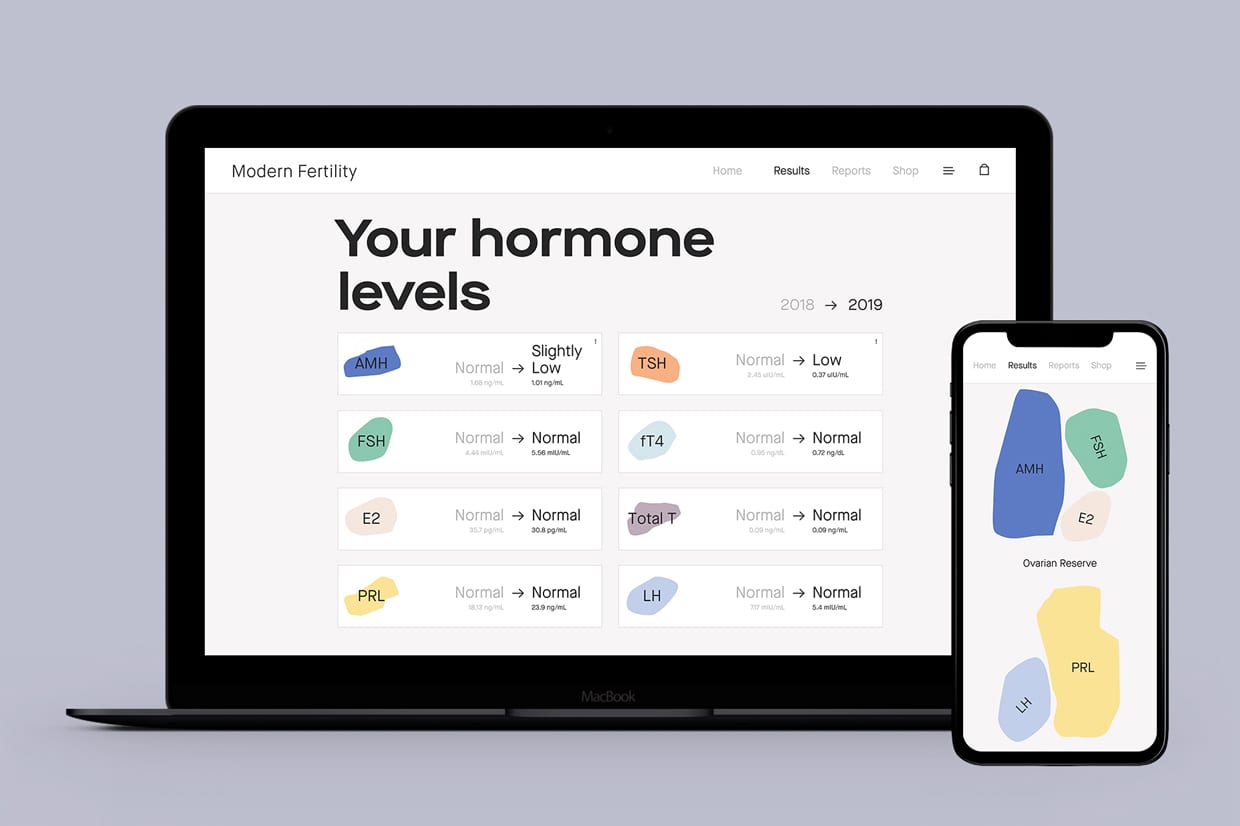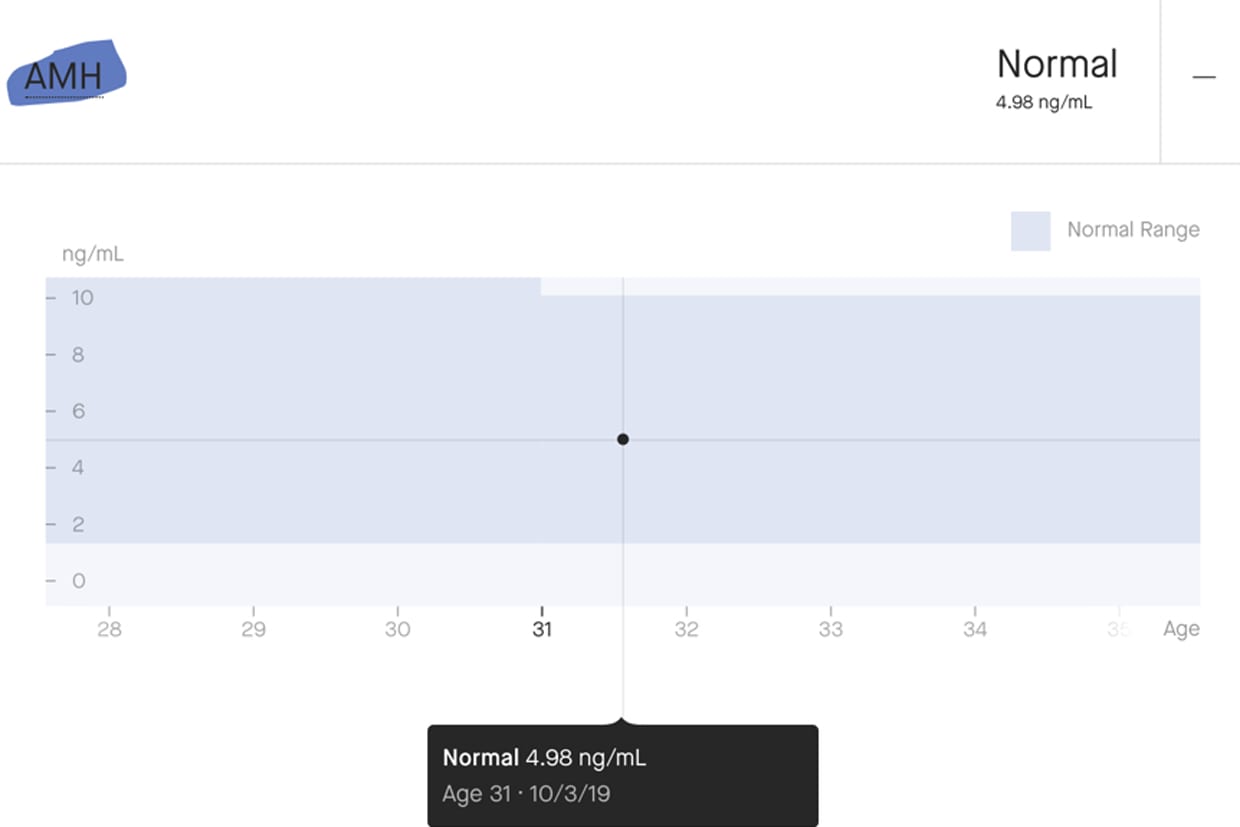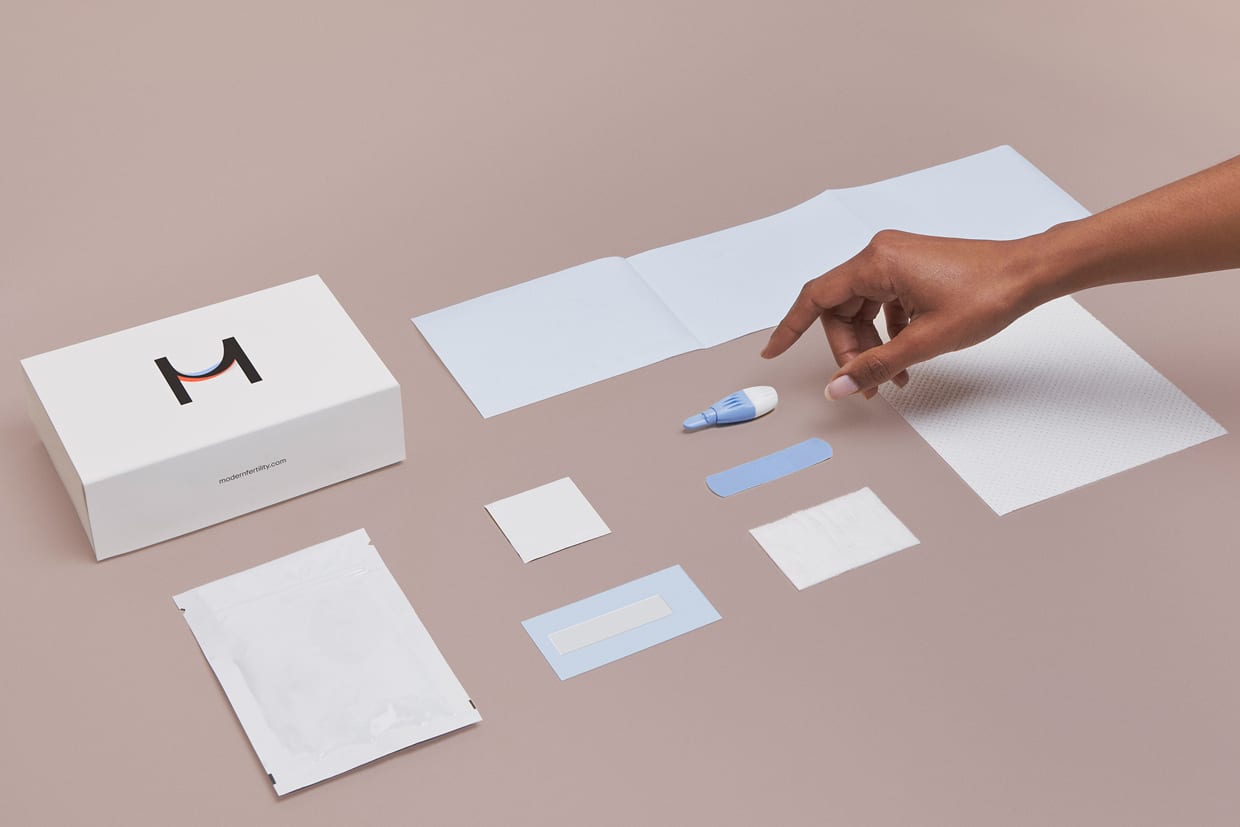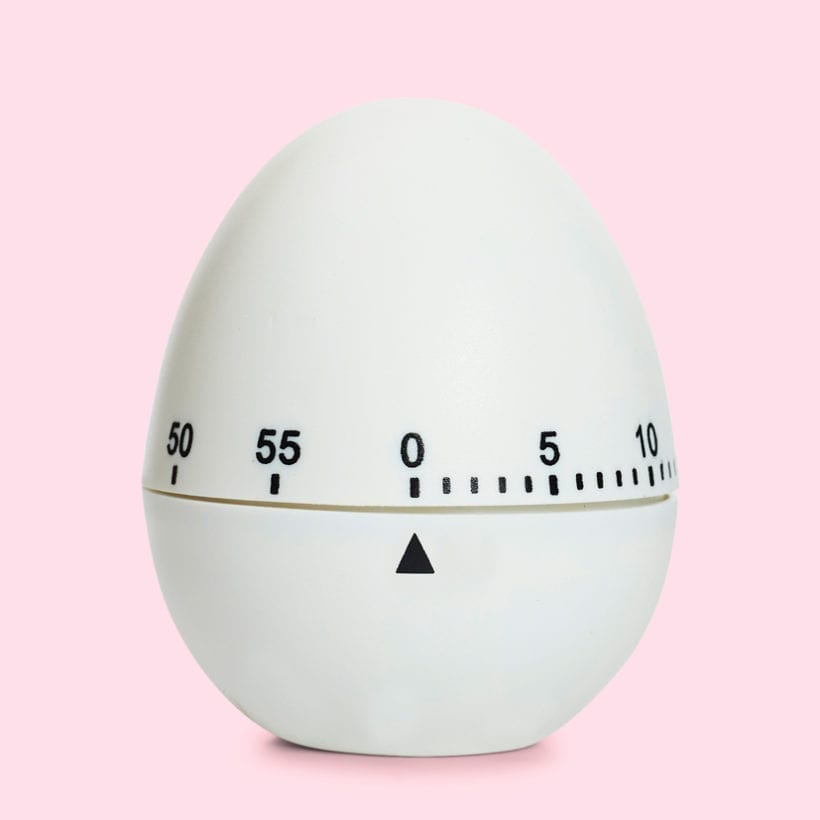The 12-year-old version of myself, who had my entire life planned out in a journal, would probably be shocked and, frankly, appalled to learn that at the age of 31, I do not have a two-story home in the suburbs, I am not yet married, I do not have a Volvo SUV, I do not have kids and I am not pregnant. Until recently, the way I have thought about having kids is the same as the way I think about owning a quiet cottage by the ocean: something I absolutely want, but in the far future when it makes sense from both a financial and logistical standpoint.
Having children is one of the few things I have ever been completely sure is right for me. But unlike that beach house, I do not have the option to wait until I am 60 to act, so when I learned of Modern Fertility, an at-home test I could take to learn more about my general fertility level — and perhaps give me some insight into how long I can afford to wait — I jumped at the opportunity.
Afton Vechery, cofounder and CEO of Modern Fertility, previously worked as the product manager of genetic testing company 23andMe, where she realized how much desire there was for custom testing that can be done right at home. Vechery told me how before launching Modern Fertility, she asked her OB-GYN for a blood panel that would measure some simple hormones so she could have a clearer picture of her fertility. First, she was told that it wouldn’t be possible, so she kept pushing to have access to basic information about her own body. When her doctor finally agreed, it was a nightmare trying to schedule the testing because it had to be done in-office on day three of her period, and seriously who can predict their period well enough to make an appointment like this in advance? Not I, folks.
And after she finally had the testing done? “A $1,500 bill followed,” she told me.

The Modern Fertility test retails for $159, and while it is not covered by insurance “because the healthcare system doesn’t recognize proactive fertility,” it is a much better deal than what you would be charged in a doctor’s office, and Modern Fertility accepts payments through your FSA or HSA accounts.
If you are not on hormonal birth control, a simple blood test will test eight fertility-related hormones, and you will have to test on the third day of your period, which is so much easier to do at home than it is in a doctor’s office. If you are on hormonal birth control, which I am (I have the Nexplanon implant in my arm, which makes me feel bionic) only your Anti-Müllerian hormone (AMH) will be tested, according to Nataki Douglas, M.D., Ph.D. “AMH, found in blood serum, is the most reliable marker we have for understanding ovarian reserve,” so rest assured that even if you are on birth control, the test will still be helpful.
The term “family planning” has been around since the 1930s, and while it is extremely important to know if and when you would like to have children, it is nearly impossible for modern day women to plan their families if they have no barometer for fertility. Like me, many women around the globe are delaying motherhood, which is empowering but also scary when you have no idea how long it may take to get pregnant. To use an over-simplified analogy, it is like knowing you want dessert eventually but having no idea if there will be any left by the time you are ready for it.
Modern Fertility is not a one-stop-shop though, where you glean a totally clear and complete picture of your fertility; instead, you can consider it another tool in your toolbox. The test can’t tell you if you’re infertile, and of course, it has no idea about your partner’s fertility, which is a large part of the equation. What it can do is give you a general idea of your ovarian reserve, aka the number of eggs you have left, which is largely what AMH level indicates. However, I later learned that high levels of AMH can be an indicator of polycystic ovary syndrome (PCOS), which can actually make pregnancy more difficult. The test cannot tell you why your levels of certain hormones are low or super high, however, or diagnose you with PCOS or any other syndrome. This is why it is important to discuss your results with a doctor, and the MF team gives you a ton of resources after buying your kit, including the option to chat on the phone with a fertility nurse.
Many women are delaying motherhood, which is empowering but also scary when you have no idea how long it may take to get pregnant.
My kit arrived just days after I placed my order, a process that required me to answer several questions about myself and my family history, including somewhat surprising questions that I had to do a little digging to find answers to, like at what age my mother hit menopause. There are detailed instructions, two lancets, a card on which you collect your sample (aka drip blood onto), Band-Aids, gauze and a pouch to seal your sample in after it is dry.
If the thought of pricking yourself makes you queasy, you have the option to go to your local Quest Diagnostics center and get blood drawn there, which is what I thought I would originally do, but when I saw how small the spring-loaded lancets were, I decided to do it myself (OK, my fiancé Mike did it for me, but semantics.)
I first wrote my name on the sample card, which is about the size of a credit card, and then Mike and I watched the video provided by Modern Fertility which shows how and where to prick your finger. I drank a big glass of water and did some jumping jacks in my kitchen, and then Mike pricked me on the side of my middle finger pad. Barely any blood came out after 20 minutes of me standing there watching Real Housewives, and bleeding onto the card, (it is a strange experience, but not as unpleasant as it sounds) so we used the second lancet and I had much more success with my ring finger. My card had the acceptable amount of blood within five minutes, and then I left it to dry for several hours before putting it in its plastic packaging and sending it back the next morning using the prepaid envelope. The pricking barely hurt, but I did wake up with tender, bruised fingers.
Then, I waited for my results to come in. I thought I would be totally relaxed about the whole thing. After all, I readily agreed to share my results with the entire internet, and as far as I know, no one in my family has had a difficult time getting pregnant, so I assumed the news would be pretty chill, but I was far more nervous than expected.
My biggest fear was not that I was going to find out my AMH levels were below normal, but that if they were, I was not going to know how to recalibrate my “pregnancy timeline” (waiting at least another year before trying) to account for this new information. Because while the test can illuminate the fact that levels of certain hormones are low for your age (age is still a huge predictor of fertility) that information does not mean you will not get pregnant the first month you try.
Fortunately, I did not have to wait more than five days before getting an email saying my results were in. According to their website, “Every Modern Fertility test is ordered by a doctor. A physician will also review your results before they are returned … and your sample will be processed in a CLIA and CAP-accredited lab.”
Because I was on hormonal birth control, the only thing I had data on was my AMH, which came back “normal,” which essentially means that I probably have an average amount of eggs for age 31. Interestingly, some studies show that birth control suppresses AMH (other studies do not support this) but if I want to see a totally clear picture of my AMH, I may consider re-testing once I go off birth control.

The test also told me that my AMH level “suggests I may have average menopause timing” which is apparently around age 51. The results were a relief, but also anti-climactic in a way I had not anticipated. They confirmed what I already suspected to be true, that I will probably have an “average” time getting pregnant, which could also prove to be entirely false depending on the other 50 percent of the equation. (Hi, Mike!)
I can see Modern Fertility being especially helpful if infertility runs in your family, or if you are considering egg freezing or IVF, both of which the MF blog does an awesome job of breaking down in an understandable way.
Two things about the results process did stand out to me, however. The first was that I was invited to the Modern Fertility Slack channel (how 2020, am I right?), and I felt like I was initiated into a club of really kind, smart people all of whom are also trying to navigate the muddy waters of fertility. There are Modern Fertility employees present to answer any questions and help guide the convo, and then there are a ton of regular people like me. With respect for the sensitive subject matter and the privacy of the other people, I will not go into detail, but I will say that beyond just fertility, this channel feels like a space to discuss many topics pertaining to pregnancy, parenting and general adulthood, and in my opinion, access to this community alone makes buying the test worthwhile.
The second thing that struck me was that I was invited to join a webinar (egginar as they call it) which helped me make sense of my results. The webinar was led by a fertility nurse, and she went into a lot of detail about each aspect of the results, and also stressed the importance of sharing your results with your doctor.
As she said, the Modern Fertility test is the beginning of a much longer, more involved conversation with your partner, your doctor and the MF team, which is readily available to answer questions.
Would I do the Modern Fertility test again? Yes, in fact I plan to in a year or so, when I am off birth control. If nothing else, I will get to chat with my new friends on the Slack channel.
We only recommend products we have independently researched, tested, and loved. If you purchase a product found through our links, Sunday Edit may earn an affiliate commission.







